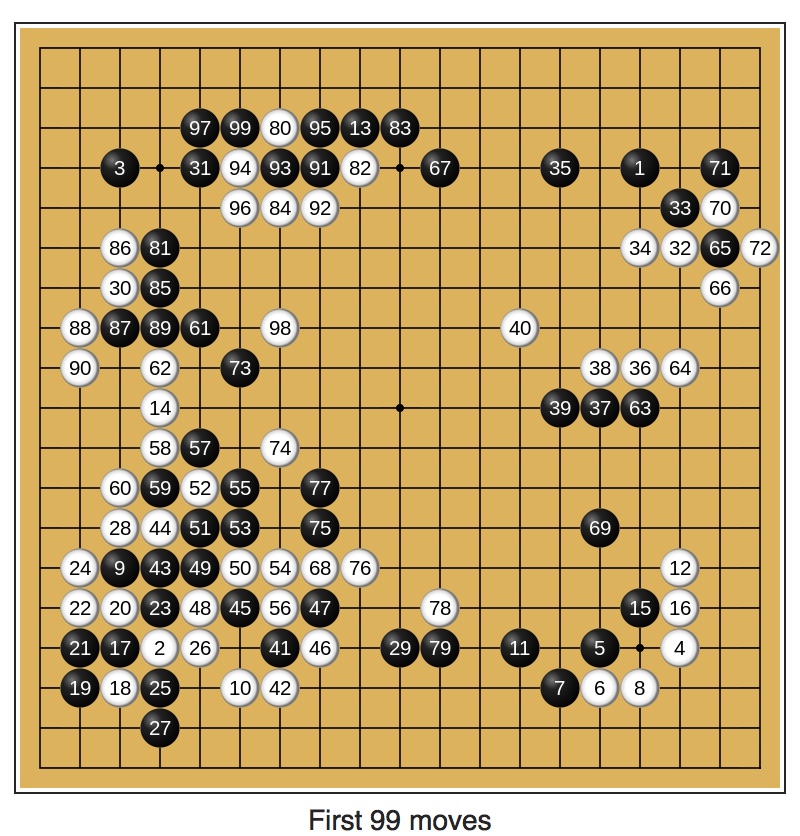
Now that the abject terror of the US presidential election is over — at least for a while — we have to turn our minds to new forms of pain and horror.
In recent years a growing number of illustrious scientists and technologists has described artificial intelligence (AI) as the greatest existential threat to humanity. They worry, rightfully, that a well-drilled, unfettered AI could eventually out-think and out-smart us at every level. Eventually, a super-intelligent AI would determine that humans were either peripheral or superfluous to its needs and goals, and then either enslave or extinguish us. This is the stuff of real nightmares.
Yet, at a more playful level, AI can also learn to deliver imagined nightmares. This Halloween researchers at MIT used AI techniques to create and optimize horrifying images of human faces and places. They called their AI the Nightmare Machine.
For the first step, researchers fed hundreds of thousands of celebrity photos into their AI algorithm, known as a deep convolutional generative adversarial network. This allowed the AI to learn about faces and how to create new ones. Second, they flavored the results with a second learning algorithm that had been trained on images of zombies. The combination allowed the AI to learn the critical factors that make for scary images and to selectively improve upon upon them. It turns out that blood on the face, empty eyeball sockets, and missing or misshaped teeth tend to illicit the greatest horror and fear.
While the results are not quite as scary as Stephen Hawkins’ warning of AI-led human extinction the images are terrorizing nonetheless.
Learn more about the MIT Media Lab’s Nightmare Machine here.
Image: Horror imagery generated by artificial intelligence. Courtesy: MIT Media Lab.

